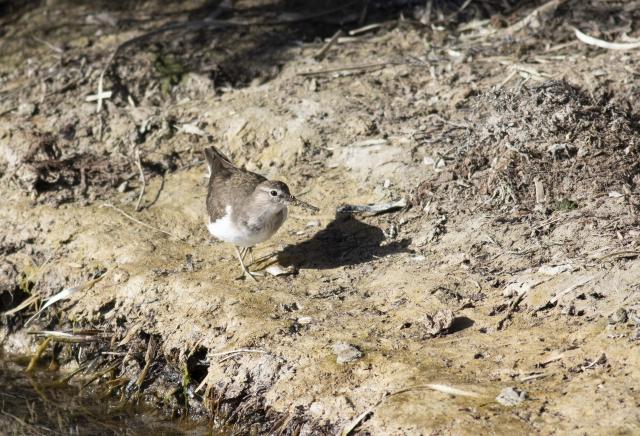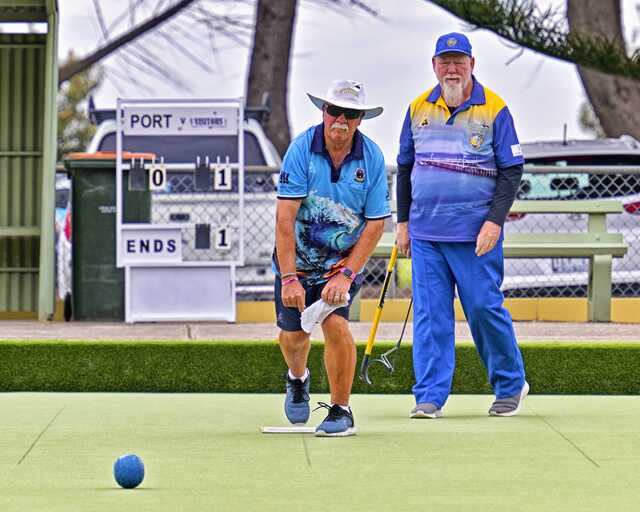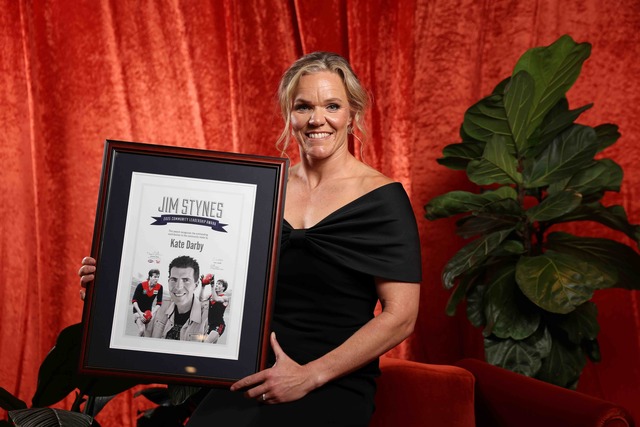I have returned to Ocean Grove from a lovely holiday in Robe, South Australia.
I saw 91 species of birds in 10 days, and no new species or ‘lifers’.
My observations of Robe include:
Why on earth are cars allowed to drive for miles along the beach in South Australia? Surely this is not great for the beach environment and the creatures who live on the beach, which do include hooded plovers.
I think I must have killed millions of white cabbage butterflies that flew in front of the car while driving to and from Robe. Poor butterflies! There must have been many caterpillars that morphed into butterflies over the past few months, as there were millions of these butterflies. Unfortunately, there’s a lot less of them after my road trip.
March flies are greatly unpleasant, and they also had a bumper breeding year- there were plenty of them on the beaches around the coast.
The Portland gannet colony at Point Danger was just beautiful to see.
It is so cruel to boil lobsters alive.
There were a few spots in the bird guide book that were meant to be fantastic for migratory waders, but when I visited these spots there were no waders to be seen. The only migratory wader that I saw was a common sandpiper at Fox Lake in Robe.
Silvergulls are thriving around the Victorian and South Australian coast.
Bool Lagoon, about 90km from Robe, is a beautiful spot. It would have been even better for birdwatching had there been water in the lagoon, so I’ll have to go back to this spot at the end of autumn or in spring.
The seaside towns around Robe are lovely, especially Beachport where the scenery was spectacular.
There was a common sandpiper at Fox Lake in Robe every time I visited. Common sandpipers are small waders (20cm in length) with a rather long body and short legs. These birds have grey-brown upperparts and white underparts, with white supercilium or eyebrow, and a white eye-ring. In Australia, this bird is found in muddy or rocky coastal or inland wetlands, in both saline and freshwater habitats.
These birds breed in Europe and Asia and spend the summer months in Australia and New Guinea.
Also at Fox Lake were a pair of red-kneed dotterels, and around five spotted crakes. These spotted crakes were interesting to watch, as I’m used to them being quite close to vegetation so that they have shelter when they need it, but the spotted crakes at Fox Lake were wandering and foraging metres from vegetation cover, which may indicate that they were not too concerned about predators and felt comfortable in the environment.
Also interesting to watch was a lovely little egret, that waded in the shallow water looking for crustaceans to eat, and was always followed by three or four little black cormorants swimming just behind, eating the creatures that the egret disturbed by wading in the water. This was a great example of different species of birds helping each other in foraging techniques.
I had a lucky birdwatching experience at Little Dip Conservation Reserve, near Robe. I noticed a small finch feeding on the grass in a camping area, but every time I tried to get close to it, it flew off. I went for a walk and returned to the car and thought I would just sit and wait in case the finch reappeared, not for a minute thinking that this may happen.
After about 30 seconds the finch flew down to the grass just near the car and it was a beautiful firetail, a bird that I’ve been wanting to photograph for ages.
Closer to home I received an email from Carole, who has been watching the little egret breeding colony in Queenscliff.
The egrets have been returning to the same area for the last few years, and it’s hard to see their nests when standing under the tree. In fact Carole observed that when standing under the tree and looking up, nothing can be sighted under a blue or white sky.











